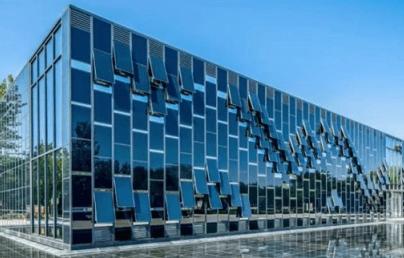
Metal materials have a place in sustainable design
Metal materials have a place in sustainable design
With the rise in sustainable materials such as mass timber and cork, traditional building materials like metal have fallen by the wayside. The philosophy of sustainable materials is they are produced in large quantities without depleting non-renewable resources with as minimal of an effect on the environment as possible. People dismiss metals, thinking they are unsustainable, but they have a place in the environmentalist construction era.
Varied sources prioritize different facets of sustainable materials, such as transportation and energy expenditure. Regarding design, it’s hard to define concretely what material is the best for the planet. However, metals have a strong case for eco-friendly structures.
They Are Reclaimable and Recyclable
It’s easy to see how heavy metal production, mining and transportation isn’t the most sustainable option — but this isn’t the whole picture. Humans have already created and transported so many metals people may as well optimize what they’ve already spent energy creating. Since metals are indefinitely reusable, recycling and reclamation are the best ways to take advantage of the metals available. Metal is non-renewable, but repeated usage would not waste fossil fuels because of its infinite life cycle.
Reclamation and recycling shorten the process length of metals. Most of this material starts from raw extraction, heads to processing, gets used for buildings or products and eventually, demolition and removal. Extraction and processing become obsolete with proper recycling, creating a more circular life cycle for metals. Reclaimed parts are intended for reuse and are great for plumbing and roofing.
Using recycled and reclaimed metals — including aluminum, steel, copper and zinc — also saves companies money. Less of the budget is dedicated to mining and manipulating the ore for commercial use. That way, businesses could allocate more funds to hiring staff or finding ways to innovate sustainably.

